Porsche's Deadly Sin #6 — 2006 Cayman "S"

Whenever I find myself growing grim about the mouth; whenever it is a damp, drizzly November in my soul; whenever I find myself involuntarily pausing before coffin warehouses, and bringing up the rear of every funeral I meet; and especially whenever my hypos get such an upper hand of me, that it requires a strong moral principle to prevent me from deliberately stepping into the street, and methodically knocking people’s hats off–then, I account it high time to get to a Porsche Club meeting and annoy perfectly decent upper-middle-class people.
One of my favorite shticks is to sit there at the wine-tasting/slow-food dinner/whatever and say, “I love my Boxster, but I love the Cayman so much more.” Knowing nods from around the table. “It’s just that I like the convertible too.” More knowing nods. “What I really wish Porsche would do…”
Pause.
“…is make a Cayman convertible..”
Dead silence.
The concept of the Cayman is anything but a Deadly Sin. Finally, a mid-engined Porsche using the same basic engineering as the 911 series, with the same engine (family) and suspension. When the 911 was originally conceived, the world was run by men and cars were purchased by men. In the world of men, it was perfectly reasonable that a man might purchase a car which pleased him and expect his children to sit in the tiny back seat while shutting the holy hell up.
In the modern era, where women drive most automotive purchase decisions and children are treated with the kind of white-glove preciousness once reserved for Faberge eggs and the Dead Sea Scrolls, nobody’s gonna buy a 911 and stuff his brats in the back. Well, I put my kid in the back of my 911, but I’m presumably the exception. The bottom line is that these cars are now second (or third) vehicles and for most people mid-engine dynamics trump extra seating.
The perfect production Porsche would be a mid-engined car with the GT3/Turbo/964-derived flat-six, possibly turbocharged, and a high-quality, durable interior. It would offer Carrera GT pace at a 911 Carrera S price and it would return Porsche to the rightful position atop the world’s performance hierarchy… forgetting the fact that Porsche was never there to begin with.
Five years after the Cayman’s introduction, we know that Porsche did no such thing. Instead, we got a hardtop Boxster with some unfortunate extraneous styling details and an almost deliberately stupid name. What’s a “Cayman”? An island? A misspelled member of the crocodile family? The next bizarre decision was to create yet another variant of the unloved M96 engine and stuff it behind the seats. This mill, which had been 3.4L upon its debut in the 996 but bumped to 3.6L, was un-bumped back to 3.4L, creating a 24-horsepower gap between it and the base 911. Supposedly it’s not the same engine as the original 3.4L M96, which baffles me.
The Boxster S of the era was still 3.2L, so this new Cayman would be marginally faster. Porsche loves to create these little micro-managed performance gaps; it gives the 911 Carrera S owner confidence that, although he’s just been slaughtered down the back straight at VIR by a toothless drywall contractor in a used C5 Z06 with “EARNHARDT LIVES IN MY HEART” on the bumper, at least the guy in the Carrera 3.6 is behind him.
To save a few bucks, the Cayman was scheduled to be built virtually exclusively by Finland’s Valmet Corporation, known for making a fine AK-47 knockoff and the vast majority of Boxsters. Oh, yes. Speaking of bucks.
The Cayman isn’t a Deadly Sin because it wasn’t the Porsche it could have been. It isn’t even a Deadly Sin because Porsche deliberately failed to make it as good as they could have done simply by using the parts already on their shelves, at no extra cost. The Deadly Sin status was granted by our one-man committee based on a single decision made by Porsche.
Convertibles cost more than hardtops. This was not always the case. Back in the coachbuilt days, it was occasionally cheaper to make a fabric-and-stick top than it was to fabricate and attach a steel roof. That has not been the case for perhaps forty years now, so when the world got out that Porsche was making a hardtop Boxster, the cheap-Porker fanatics got well and truly worked up at the prospect.
When the Cayman S arrived, however, it was priced above the Boxster and Boxster S by about five grand, a pattern that continues today. At the time, it was suggested that the different engine and additional standard features justified the price. That pretense disappeared with the introduction of the 3.4L Boxster S (and the 2.7L base Cayman) in 2007. Nope, the extra five grand is on the MSRP simply because Porsche knows people will pay it.
It’s that middle-fingered salute to the buyer that makes the Cayman a Deadly Sin. Priced fairly, the Cayman would be a love letter to Porsche’s most faithful customers, particularly since the new engine in these cars appears to be slightly better than the old one. Instead, we have the following pricing structure for 3.4L cars:
- Boxster S 3.4L: $58,000
- Cayman S 3.4L: $61,500 (to be fair, this is the lowest hardtop markup ever)
- Boxster Spyder 3.4L: $61,200
The Boxster Spyder, in case you haven’t been reading the Internet, is a stripped-down Boxster with an el-cheapo manual top. Since it’s less costly to make than a standard Boxster with a power top, the price is higher. Of course. We’re in Porscheland now.
There’s a Cayman Club Sport coming. If we’re lucky, it will follow the recipe set by the old 964 RS America: less weight, freer-revving engine, enthusiast features. Of course, the RSA was $54,990 when a new 911 Carrera 2 was $61,990. Porsche felt that since the car had less equipment, it should cost less, the same way the original Speedster was the cheapest 356 money could buy.
That was the old Porsche. When the Cayman Club Sport arrives, pricing will be moonshot level. You can bet your PCA card on it.

More by Jack Baruth
Latest Car Reviews
Read moreLatest Product Reviews
Read moreRecent Comments
- Michael Smith I drive 100-300 miles a day in new BMWs, Mercedes-Benzes, and GM SUVs. Some are already equipped with automatic braking.It's the first thing I turn off when I start the car.I've had experiences where (as the author notes) the system gave false alarms and stabbed the brake pedal, threatening my ability to control the car.Further, every driver encounters situations where, for example, legal following distance must be momentarily compromised in order to avoid a difficult situation. When the system intervenes, it disrupts the driver's plan of action. This can lead to a collision as the driver has to suddenly react not to his surroundings, but to the system.Not only is automatic braking an insult to skilled drivers, it's dangerous to everyone.
- Dave M. My hipster daughter is greatly into it. We watched the race together this weekend. It was interesting but I'm not devoted to it like she is. She'll be at the Austin race in October.
- Bd2 I'll watch F1 when Kia and/or Hyundai pony (pun intended) up the cash to field a class leading team. Hyundai is leading many series with the Elantra N with it's incredible 350HP Smartstream-R engine.
- Steve Biro There are 24 races on this year’s F1 schedule. And I guarantee you no more than two will be reasonably exciting, Meanwhile, F1’s reception for Andretti reveals the dark underbelly of the sport. I have followed F1 since the 1960s and, frankly, I am running out of interest. I’ll catch a race if it’s convenient but won’t bother DVRing them.



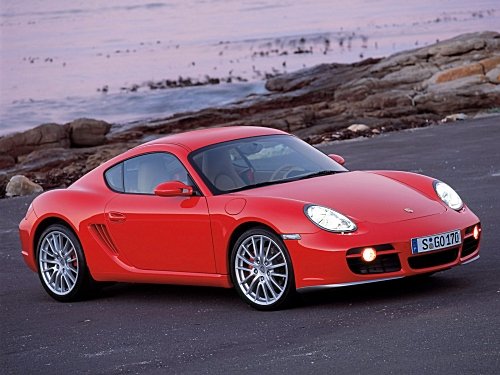













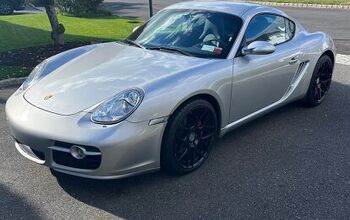
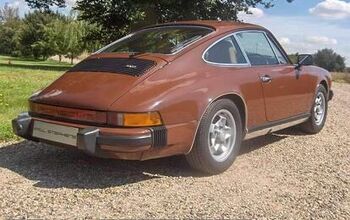
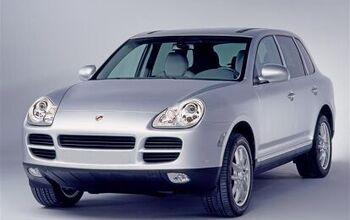
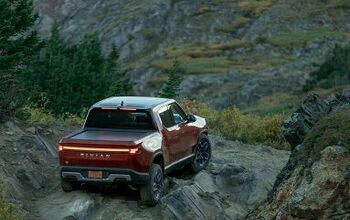

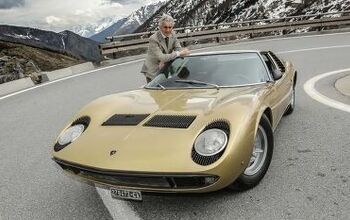

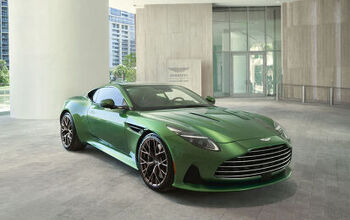
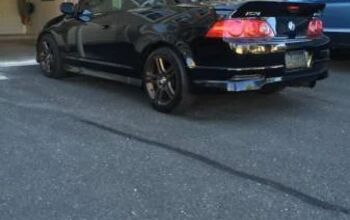

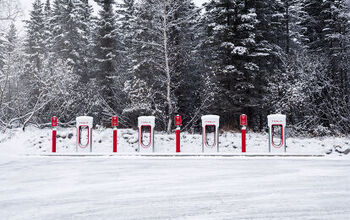
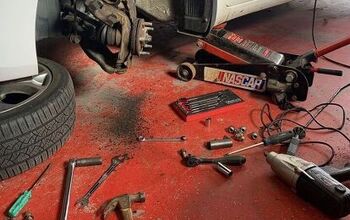
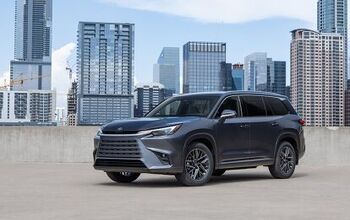
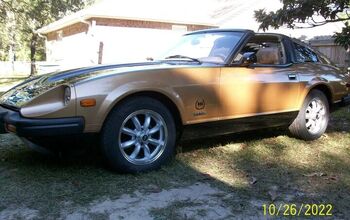
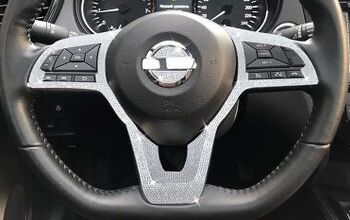
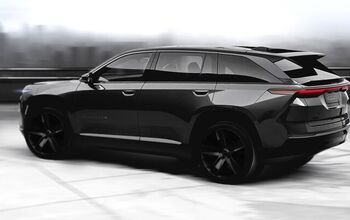

Comments
Join the conversation
It is important that we understand that cost is one of the least important inputs in most pricing decisions, and that linking the two is amateurish business at best. At one end of the spectrum is a commodity where the market sets the price, and at the other is a completely differentiated product where the firm can set the price. Regardless, in the long-run, most firms seek to maximize profits with pricing decisions. Your analysis completely ignores the concepts of volume in not just component costs, but also in maximizing profits for any given model and sub-model. Ostensibly Porsche’s pricing does not exist in a silo; customers have alternatives in the market place and that would include not only other auto brands, but other purchase decisions such as boats or a home remodel. Costs play a role is setting a floor price for any given market. That said, customers pay for perceived value and that includes the brand. Any firm playing above the commodity level would be foolish not to leverage its pricing power to maximize profits. Your very analysis suggests that Porsche has significant pricing power with its brand. That is an admirable and enviable position for any company to be in, and we only need to look at the way the 3 American car companies destroyed their brands, and ultimately their own pricing power.
You may have to make more room on your "sin" list. Porsche is now rumored to be considering a targa version of the next gen Cayman. Now what is the different between a Boxster and a targa Cayman? My guess would be around $20,000 and not much else